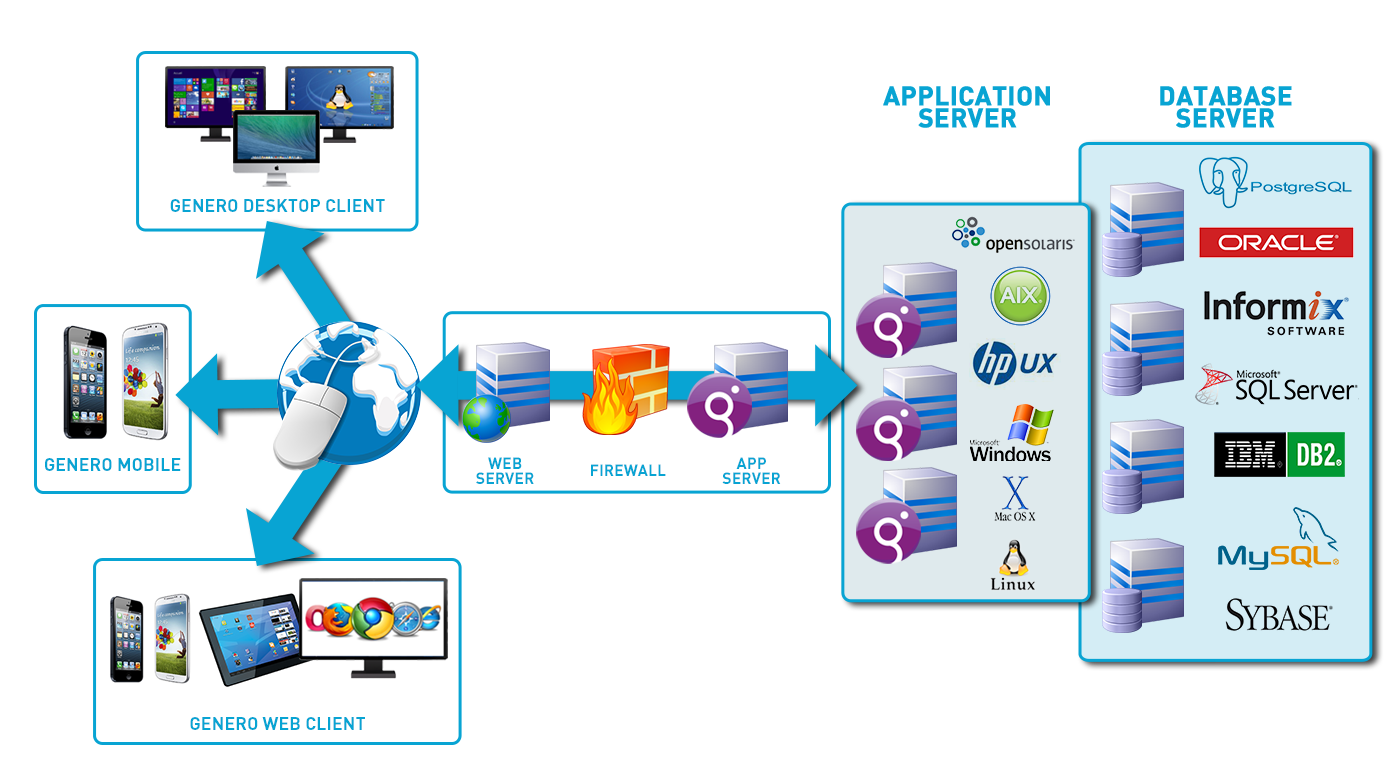Develop Open System Databases Conveniently with the most effective No-Code Devices Available
Develop Open System Databases Conveniently with the most effective No-Code Devices Available
Blog Article
Discover Exactly How Scalable Databases Can Be Used Without Coding to Enhance Your Service Operations
In today's hectic service environment, the ability to manage and examine information efficiently is paramount. no-code. Scalable databases, specifically when paired with no-code services, supply a transformative technique that encourages non-technical customers to enhance procedures.
Comprehending Scalable Data Sources
Scalable databases are necessary for modern service procedures, allowing organizations to effectively take care of enhancing quantities of data without sacrificing performance. These data sources are made to adapt and grow to the changing demands of a service, making sure that they can manage bigger datasets and even more complex queries as organizational requirements develop.
Understanding scalable databases involves recognizing their 2 primary types: vertical scaling and horizontal scaling. Vertical scaling, or "scaling up," includes including even more power (CPU, RAM) to an existing web server to boost performance. Alternatively, horizontal scaling, or "scaling out," entails adding a lot more web servers to disperse the tons, which typically leads to better adaptability and mistake resistance.
One more critical facet is the style of scalable data sources, which can be either non-relational or relational. Relational data sources, such as MySQL and PostgreSQL, are structured and utilize SQL for inquiries, while non-relational data sources, like MongoDB and Cassandra, offer even more adaptability with disorganized information.
Inevitably, recognizing scalable databases is essential for organizations aiming to take advantage of data as a calculated property, allowing them to stay affordable in a significantly data-driven environment.
Benefits of No-Code Solutions
Unlocking the capacity of no-code options empowers businesses to improve procedures and enhance efficiency without the demand for extensive programs expertise. These platforms enable non-technical individuals to create, customize, and take care of data sources effortlessly, thus democratizing accessibility to modern technology throughout teams.
Among the main advantages of no-code options is their speed of application. Businesses can rapidly deploy applications and automate procedures, significantly lowering the moment invested on growth cycles. This dexterity makes it possible for companies to react without delay to market changes and customer demands, fostering an one-upmanship.
In addition, no-code systems lower dependence on IT divisions for daily jobs, enabling technical teams to concentrate on more complex projects that require specialized abilities. This change not just maximizes source appropriation yet additionally advertises technology within the company.
Cost-effectiveness is one more benefit, as no-code options can reduce development and upkeep costs. By lessening the requirement for coding proficiency, companies can harness the capacities of their existing labor force without the overhead of hiring additional employees.
Popular No-Code Data Source Tools
The rise of no-code solutions has led to the emergence of different database tools that satisfy organizations looking for effectiveness and access. These devices empower users with minimal technical proficiency to create, handle, and manipulate data sources perfectly.

Caspio attracts attention for its capacity to build web applications without any coding. It permits companies to create robust databases and release applications swiftly, providing to different market needs. Flair uses powerful data and straightforward interfaces monitoring abilities, enabling companies to build custom-made applications customized to their process.

Usage Instances in Organization Procedures
Just how can organizations utilize data source tools to improve their procedures? Scalable databases supply companies with effective capacities to take care of and assess information without the demand for extensive coding knowledge. These devices can simplify numerous company processes, eventually causing boosted efficiency and performance.
One popular usage case is client partnership monitoring (CRM) Businesses can utilize scalable databases to track client communications, choices, and feedback, allowing tailored communication and far better service. By centralizing this information, teams can team up better and react to consumer requirements in real-time.
Another substantial application is stock monitoring. Companies can utilize no-code data source tools to monitor stock degrees, track shipments, and projection demand. This makes sure optimum supply levels, decreases waste, and minimizes stockouts.
Additionally, task administration can gain from scalable data sources by allowing teams to take care of tasks, target dates, and resources in a merged system. With real-time updates and data visualization, job supervisors can Full Article make informed decisions.
Starting With Implementation
Applying scalable databases in company procedures requires a structured strategy to ensure successful assimilation and usage. The first step is to carry out a detailed needs evaluation, recognizing specific service needs, data types, and anticipated development patterns. This foundational understanding will certainly lead the selection of the suitable database service.
Following, select a straightforward, no-code data source system that aligns with your operational goals. no-code. Many contemporary services use instinctive user interfaces, permitting non-technical customers to take care of data efficiently. After choosing a platform, establish a clear data architecture his comment is here that outlines how information will certainly be arranged, accessed, and preserved
Training is vital; make certain that staff member are furnished with the visit this site needed skills to utilize the database. Take into consideration giving tutorials or workshops to acquaint personnel with the system's performances.
Final Thought
In conclusion, the assimilation of scalable databases with no-code services offers significant benefits for business procedures. Ultimately, leveraging these innovations can lead to boosted efficiency and functional efficiency, placing businesses for sustained development in a competitive landscape.
One prominent no-code data source tool is Airtable, which integrates the capability of a spreadsheet with the power of a database.Just how can businesses take advantage of data source tools to improve their procedures? Businesses can use scalable data sources to track customer interactions, choices, and responses, allowing tailored communication and much better service.Applying scalable data sources in business operations needs an organized strategy to ensure effective assimilation and use.In verdict, the integration of scalable databases through no-code options provides substantial advantages for service procedures.
Report this page